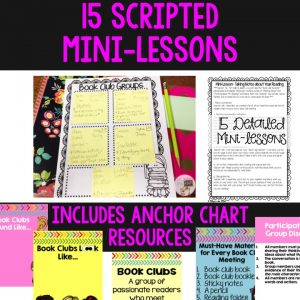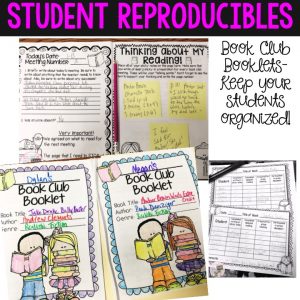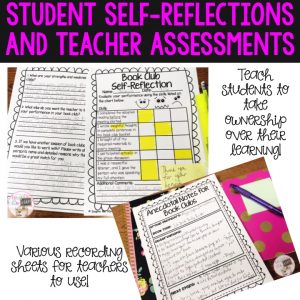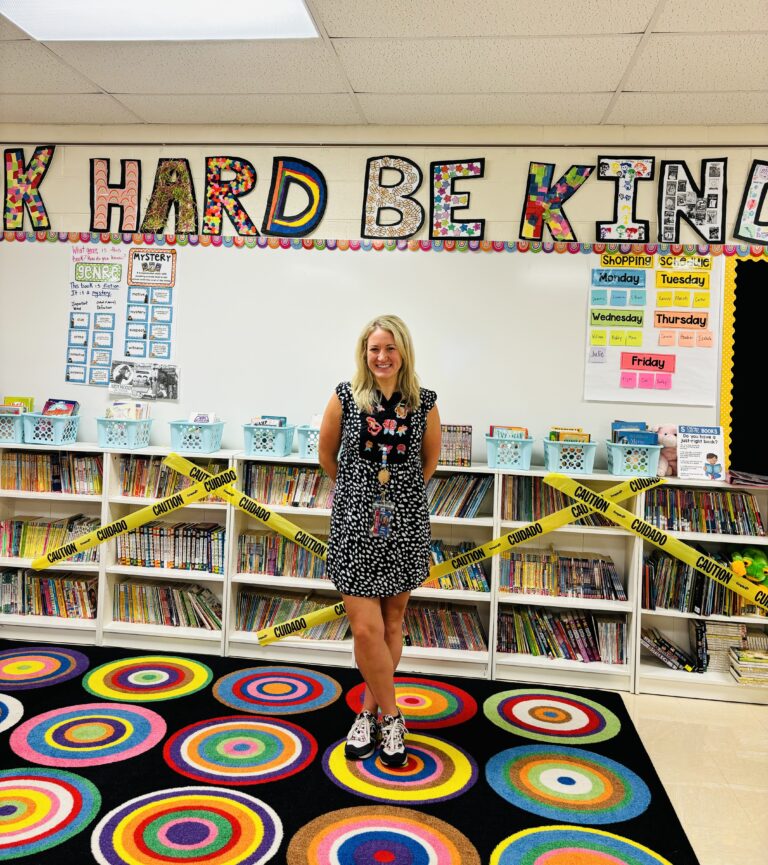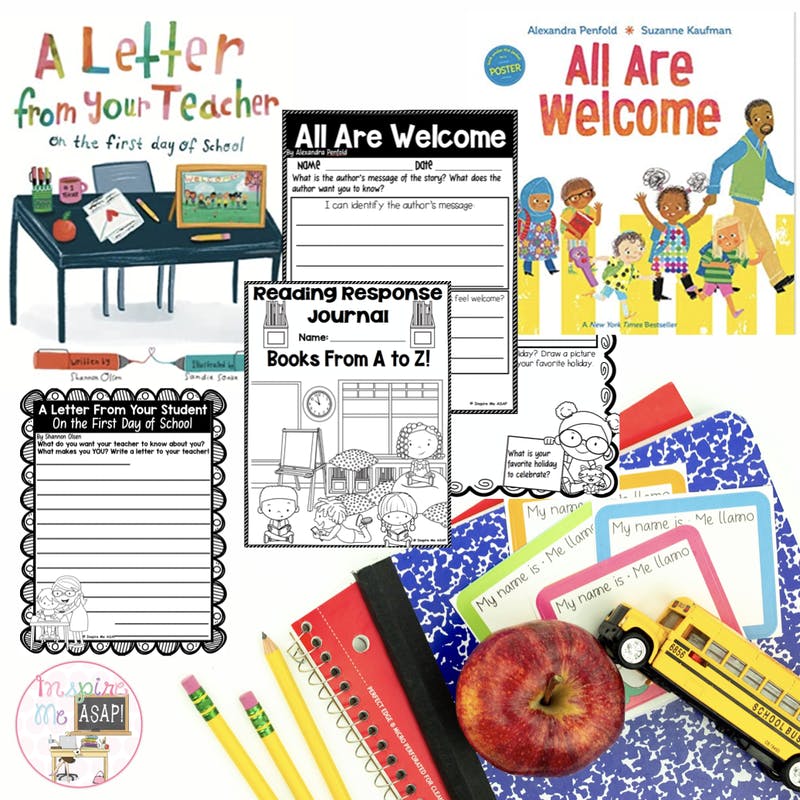Today I am writing my final chapter in my series about implementing book clubs in your classroom.
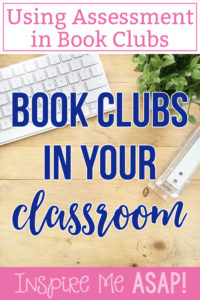
Last week, I wrote about the role of the teacher in book clubs, which you can read more about HERE. This post will specifically explain how to use teacher and student assessments in book clubs.

1. Anecdotal Records
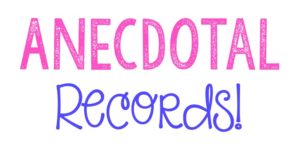 I carry my clip board, something to write with, and my anecdotal record sheets. One day I might focus on meeting and working with a specific book club, whereas another day I might walk around and visit with each group
I carry my clip board, something to write with, and my anecdotal record sheets. One day I might focus on meeting and working with a specific book club, whereas another day I might walk around and visit with each group
The picture below shows an example of of my anecdotal notes that I wrote for all 5 groups.
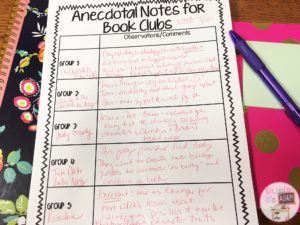
When my goal is to check in with each group, I use this template so I can easily and quickly write observations for each book club. Below is an example of what I might write about each group.
Group 1: (The Chocolate Touch)
– Group working to identify the character’s problem and using the text to support their answers.
– Madison- Excellent retelling of previous chapter- nice segway to today’s focus
– Kenny- Needed support with writing reflections in his book club booklet
Group 2: (Charlie and the Chocolate Factory)
– Traci and Melanie very motivated- engaged with discussion, eagerly sharing their thoughts
-John accidently read ahead of the group and was upset (group did nice problem solving)
-Steve needs support to write page number to support idea
Group 3 (Judy Moody)
-Jessica, Pat, Chase- excellent job using text to identify secondary characters
-Christina and Kyle need support
Group 4 (Jake Drake Bully Buster)
Group finished book today. Their plan is to create anti-bully posters to celebrate “no bully” theme and conclusion of book.
Group 5 (Ramona)
Excellent! Use as an example for next week’s lesson about identifying positive and negative character traits.
-Jasmine clear leader
-Andrew was reserved again and I did not hear him share (Follow up with him individually)
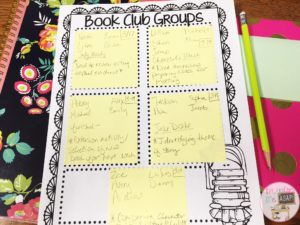
So, what did these anecdotal records tell me?
Based on the notes that I took on what I observed at each group meeting, my next steps will be:
1.Follow up with Kenny (group one) who needed extra guidance to write well written reflections
2.Continue to monitor John (group two). Is it a pattern that he is “accidently” reading ahead? Or just a one time mistake?
3.Provide resources (chart paper) for group four, so they can create their anti-bully posters.
4.Use group 5 members as part of my mini-lesson for next week. They will model how to
There will be times when you want to provide more specific instruction and feedback for one specific book club. One time a week, I like to pick a different book club to focus on.
The picture below shows an example of of my anecdotal notes that I wrote when focusing specifically on ONE group.
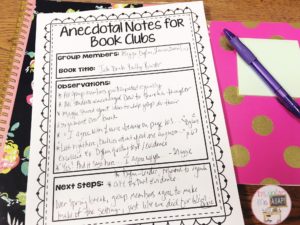
Below are my observations about this group’s meeting:
*All members participated equally
*All students encouraged Drew to share his thoughts and were very supportive
*Maggie shared great ideas to help group finish their assignment over spring break
“I agree with Laurie because on page 103… (quoted text) —Dylan
“Look right here…bullies don’t fool me anymore…” Continued to read aloud passage on page 67
Excellent example to use of Dylan quoting the tex/finding evidence to support ideas
Maggie- “Yes! And it says here….”
“I agree with you…”
Dylan clear leader, referred to agenda several times
Next steps for book club:
Over spring break, group members agree to make/illustrate the setting/ just like we did for Because of Winn-Dixie
What does this information tell me???
1.I might consider using this group as an example when teaching about how to use the book as a source to provide evidence during group discussions.
2.Since this group finished their book, I will need to provide support as they work on their extension project.
3.Might be ready in next few days to reflect on their learning/participation in this round of book clubs (see student self reflection below)
- Book Club Rubric
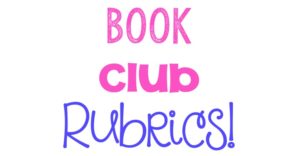 Another way that I assess my students is by using a book club rubric, which is most often filled out at the end of a book club cycle. I provide feedback to my students based on the following 5 categories: reading, writing, discussion, listening, and preparation. There are 4 points (one being the lowest and 4 being the highest) for each category.
Another way that I assess my students is by using a book club rubric, which is most often filled out at the end of a book club cycle. I provide feedback to my students based on the following 5 categories: reading, writing, discussion, listening, and preparation. There are 4 points (one being the lowest and 4 being the highest) for each category.
In the picture below, you will see an example of an assessed rubric for a student.
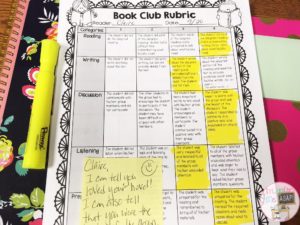
The student was assessed as follows:
Reading (4): The student did all of the assigned reading and is prepared by writing sticky notes about what he/she read.
Writing (3): The student wrote about the assigned portion of the reading and provided sufficient details from the text. The student did not rush.
Discusssion (4): The student was eager to share with the group and was the leader of the discussion. The student responded to comments in a positive way and expanded on others’ ideas.
Listening (3): The student was very respectful and listened to all the group members with his/her undivided attention.
Preparation (4): The student was prepared for the meting. The student reread the required chapters and made notes about what to discuss.
Students will then create a goal based on an area that was their weakness on the rubric.
2. Formative Assessment/Checklists

Below is a picture of yet another option for assessing students.

These half sheets of paper are quick, easy, and very effective for keeping track of the basic behaviors/patterns of each group.
Using this quick checklist, I can assess each student on the following behaviors:
1. Completed writing on sticky notes
2.Completed assigned reading
3.Prepared for group meeting
4.Participated in group discussion
I can use these notes to guide my instruction by writing any observations or comments that I learned from meeting with each group. In the example above, I wrote “Check in with Olivia before book club meeting.”
Student Assessment
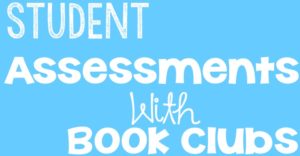
In addition to teacher assessments, my students also take an active role in self-assessing their progress in book clubs. There are two main ways that my students self-assess their work: self-reflections and book club booklets.
1.Book Club Self-Reflection

This is a completed at the end of the book club round. Students evaluate their performance on the same skills that I am evaluating them on in the teacher rubric. Students also reflect in written response about their strengths and weaknesses with book clubs, along with sharing any other important information about their performance that is important for me to be aware of.
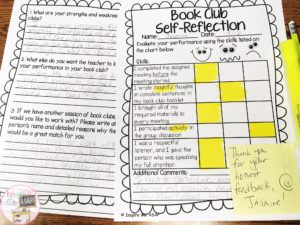
- Book Club Booklets
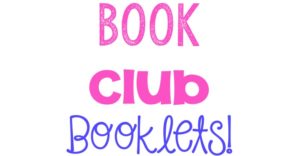
As part of preparing for each book club meeting, my students are responsible for writing their thoughts, opinions, and ideas about the assigned reading inside of their book club booklets. These are the best way that I have found to hold my students accountable for producing high quality work during book clubs.
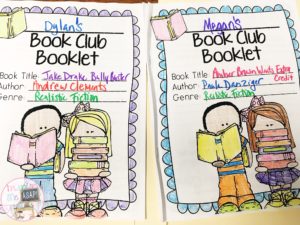 In the picture below, you will see Megan’s book club booklet. On the right hand side of the booklet, students place all of their sticky notes. The expectation is that they write at least 3 sticky notes in preparation for every book club meeting, which can be the “talking points.” Students are expected to use the text to support their thinking and write the page number.
In the picture below, you will see Megan’s book club booklet. On the right hand side of the booklet, students place all of their sticky notes. The expectation is that they write at least 3 sticky notes in preparation for every book club meeting, which can be the “talking points.” Students are expected to use the text to support their thinking and write the page number.
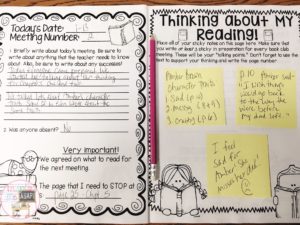
Megan’s sticky notes are as follows:
*Amber Brown character traits
- sad (page 10)
- messy (page 8 and 9)
- crabby (page 6)
*Page 10- Amber said, “I wish things would go back to the way they were before my dad left.”
*I feel sad for Amber. She misses her dad.
On the left hand side of the book club booklet, the students write a brief summary of the meeting. I encourage the students to share their successes but also write about anything that the teacher needs to know.
Megan wrote:
Today everyone came prepared. We started by talking about our thinking for chapters one and two. We talked lots about Amber’s character traits. Some of us even wrote about some of the same traits.
Now, let’s compare Megan’s book club booklet to Dylan’s book club booklet.

Here are the responses Dylan wrote on the book club booklet:
*Amber misses her dad! So much!
*This book is so funny! LOL!
On the left hand side of the book club booklet, Dylan wrote:
Everything was great–but Jacob was bossy and got on my nerves!
Oh boy. Can you tell the difference between the two? Of course you can! Dylan’s writing and reflections lacked meaning, depth and insight.
In contrast, Megan wrote meaningful notes, provided elaborate insight, used textual evidence, and identified specific character traits.
Although these students are technically the same “reeading level,” it is clear that Megan is performing at a much higher rate.
I teach my students about the expectations about writing high-quality reflections during whole-group reading workshop mini-lessons. Below is a picture from our Because of Winn Dixie reading workshop unit.
You can see the success criteria for our written response to our daily reading. It is during these whole group lessons that I model how to provide elaborate insight, use textual insight, discover themes, compare characters and traits, or respond thoughtfully to a prompt.
Did you miss one of my previous posts about book clubs? Catch them here!
Chapter One: Introduction to book clubs
Chapter Two: Benefits of book clubs
Chapter Three: Matching books to readers
Chapter Four: Book club expectations
Chapter Five: Accountability with book club members
Chapter Six: Student-led conversations in book clubs
Chapter Seven: Role of the teacher in book clubs
Chapter Eight: Using assessments in book clubs
Looking for a resource to help you implement book clubs in your classroom?
Check out my Book Club resource by clicking on the image below:
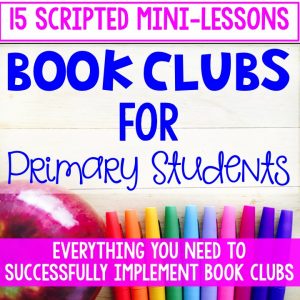
Book Clubs-This reading resource will help you implement book clubs in your primary classroom.
Looking for an engaging and sure-fire way to motivate your readers? This 107 page file has everything you need to know in order to effectively implement a book clubs with your rockin’ readers, while meeting the CCSS for Speaking and Listening.
There are 15 mini-lessons that are included in this file, which focus on establishing routines and setting expectations for book clubs with your students.
Mini-lessons include:
Detailed lesson plans
Colorful posters for you to print for your anchor charts
Reproducibles for your students
During this unit, readers will learn to:
-Define book clubs and understand its importance
-Describe characteristics of what book clubs LOOK like
-Describe characteristics of what book clubs SOUND like
-Book club members are assigned
-Commit to expected behaviors
-Shop for a book
-Follow agendas to stay on task
-Prepare for group meetings
-Read assigned portions of text and take notes about what they read
-Participate in a group discussion
-Share their opinions with group members
-Keep conversations on-task and focused
-Compromise and problem solve when issues arise
-Use prompts to guide their discussions
-Self-reflect and evaluate their performance
Also included in this unit:
-A note to send home to parents
-Tips for teachers about implementing book clubs successfully
-Detailed rubrics for teachers and students
-Bulletin board resources, where each group can post their group name, picture, assignment, and other important information
This Book Club Resource is also part of my Reading Workshop BUNDLE
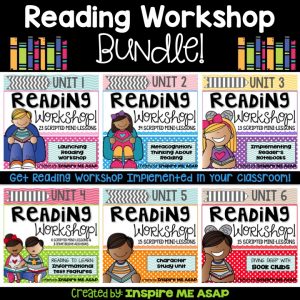
Click HERE to purchase Book Clubs on Teachers Pay Teachers.


